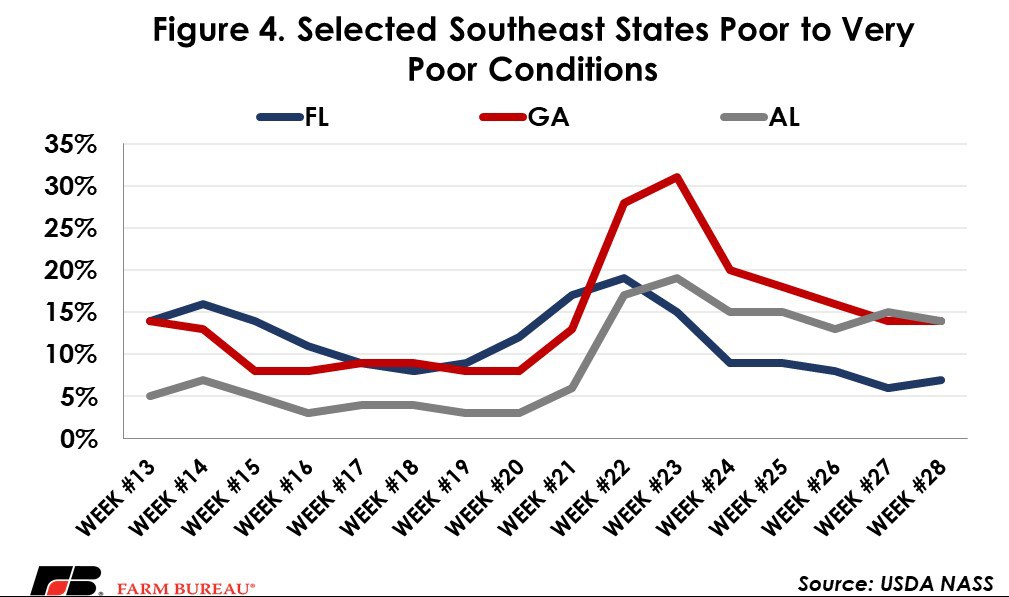The Grass is Always Greener When It Rains
TOPICS
WeatherMichael Nepveux
Former AFBF Economist
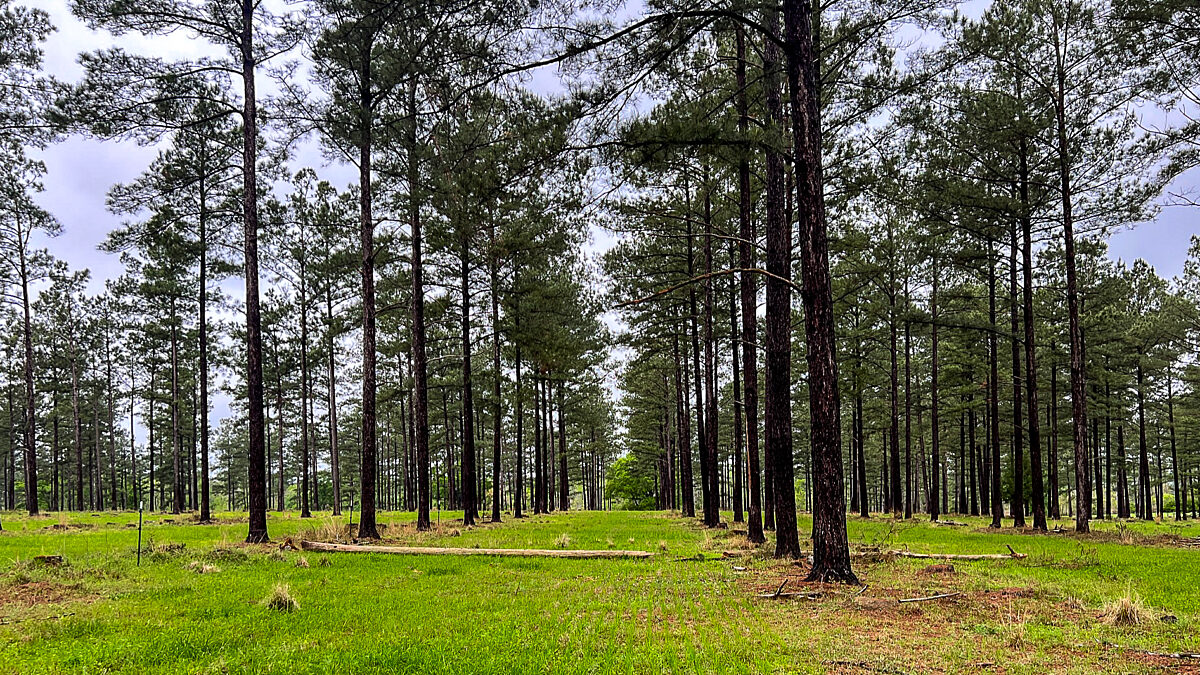
photo credit: AFBF Photo, Cole Staudt
Michael Nepveux
Former AFBF Economist
It is no secret that weather has been a tremendous challenge for farmers across the country, delaying or even preventing them from getting their crops in the ground and causing great uncertainty in the corn and soybean markets. This weather has led to the worst reported crop conditions since 2012. However, the rainy weather has had the opposite effect on range and pasture across much of the U.S. USDA’s July 15 crop progress and condition report showed 68% of the nation’s pasture was rated as “good-to-excellent.” This rating is well above the 10-year average of 54%, and it is the highest rating for this week since 1995, when the data was first collected. At the other end of the spectrum, only 8% of pasture is rated as “poor-to-very poor,” another record metric and the lowest rating since 1995. This rating is less than half the normal percentage for this time of year, as the 10-year average for “poor to very poor” sits at 20%, significantly above this report’s rating
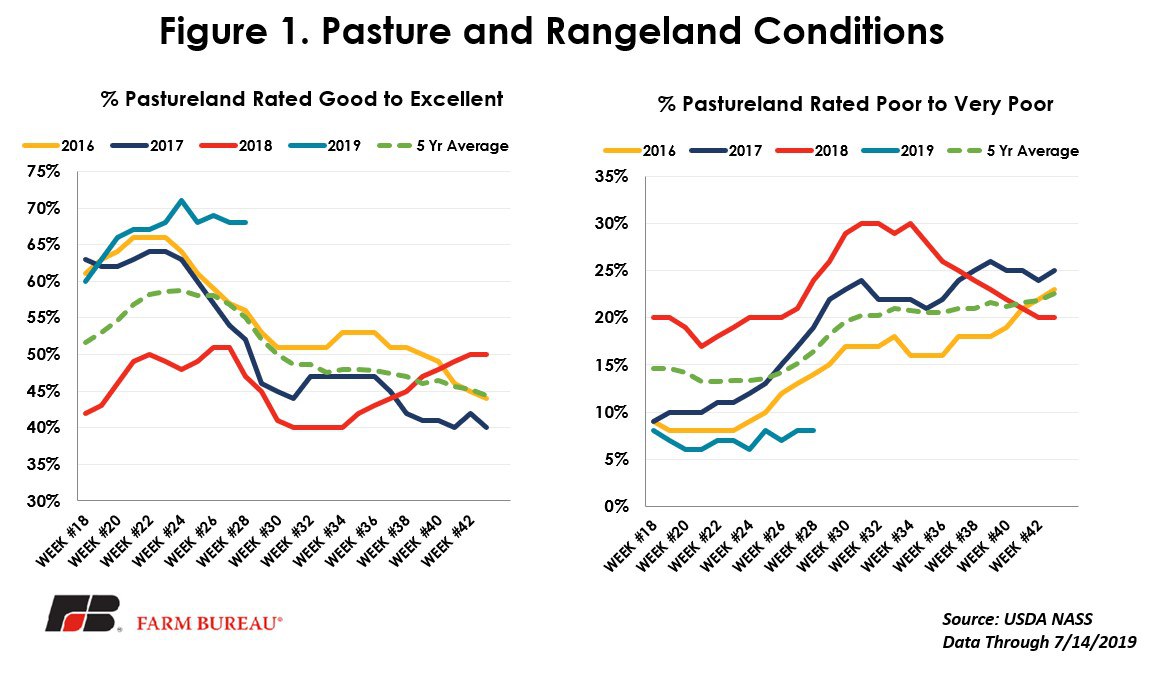
Figure 1 shows the divergence of 2019’s crop and condition ratings from the last three years, as well as the five-year average. At the start of the year, the pasture and rangeland conditions were mostly in line with recent years, but it has begun to diverge from the typical trend for this time of the year. Due to the dryness and heat of the summer, we tend to see a decline in pasture and rangeland rated as “good to excellent,” which corresponds with an increase in pasture and rangeland in the “poor-to-very poor” rating. That has not been the case this year.
Keep in mind these are national numbers, and conditions often vary by state. Regional differences in precipitation and temperature have led the West Coast states and portions of the Southwest to experience lower “good-to-excellent” conditions than other areas of the country.
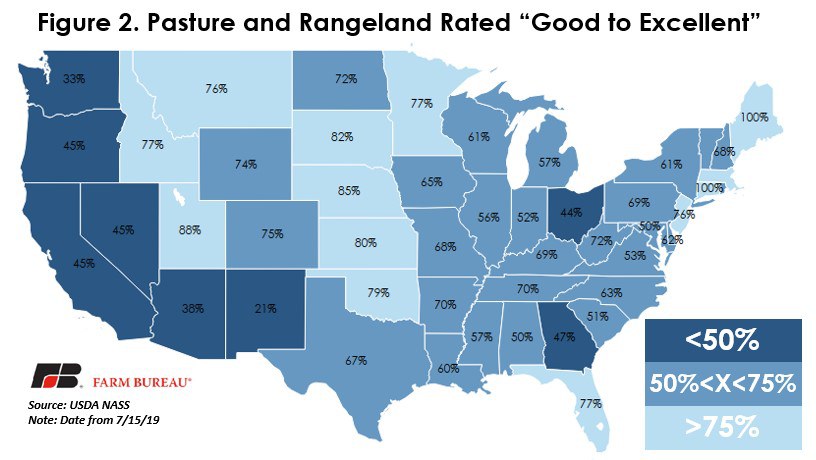
On the opposite end of the equation is “poor-to-very poor” conditions. The regional distribution for the most part follows the “good-to-excellent” ratings, with the majority of the larger poor conditions concentrated on the West Coast and Southwest, with Ohio and Georgia being exceptions. Only California is registering pasture and rangeland ratings at 40% of “poor to very poor,” with New Mexico close behind at 38%. Very concerning about California is that 35% of that total is in the “very poor” category, well above the next worst-rated state of Nevada, which has 10% in “very poor” condition.
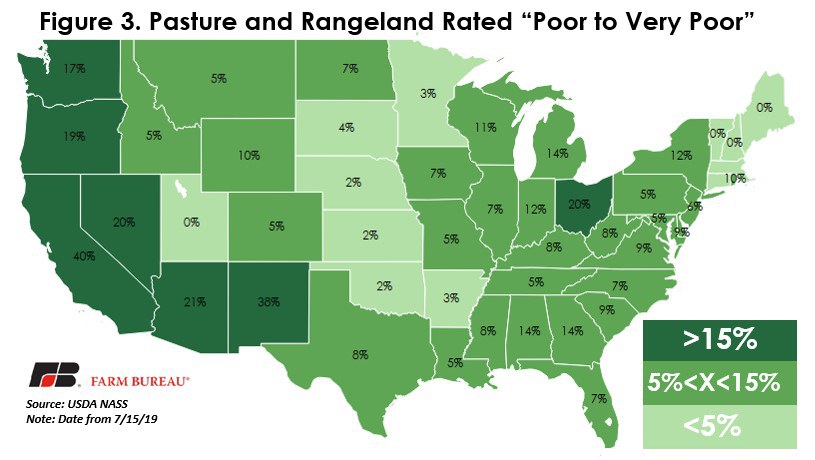
As such, a few states have registered declining conditions throughout June and July this year, including Ohio which is at 44% “good to excellent.” Usually during the summer, we tend to worry more about drought in terms of declining conditions, but in Ohio’s case it has been due to flooding. Conditions in the Southeast, however, have swung considerably over the last two months. For example, during the first week of May in Georgia, 8% of pastures were rated “poor.” By early June it had risen to 31%. However, that number improved, declining to 14% as of the July 15 report. Florida followed a similar path, swinging from 9%, to 19%, before falling back to 7%. Alabama also saw a spike during a similar timeframe, moving from 3% to 19% rated as “poor to very poor,” but the state has experienced a more moderate recovery relative to the other states, having only declined to 14%.
